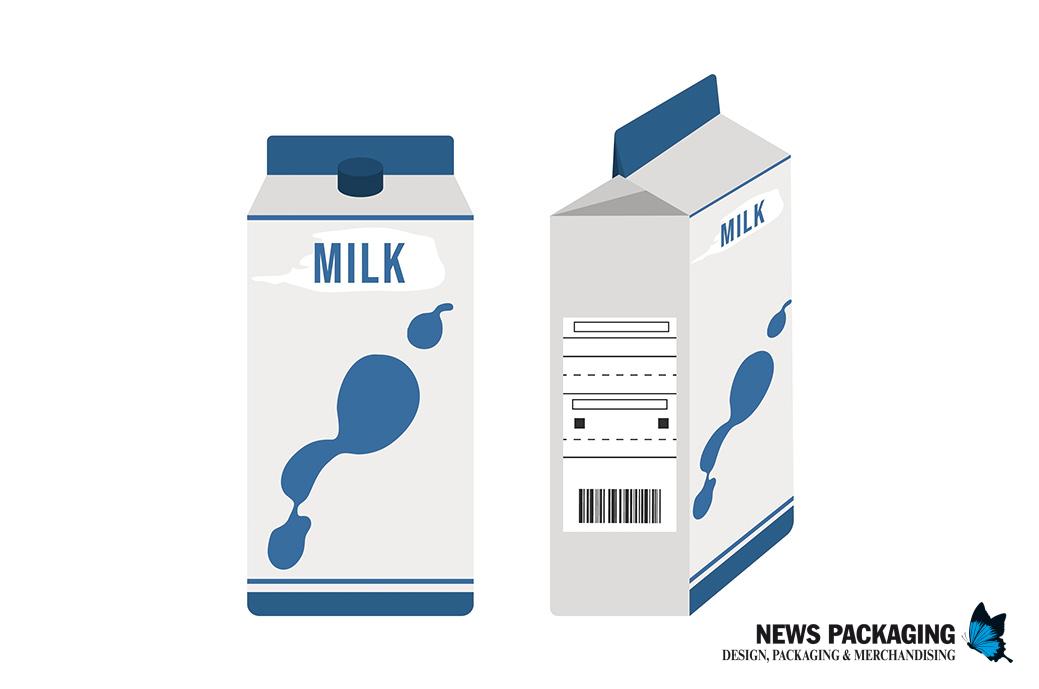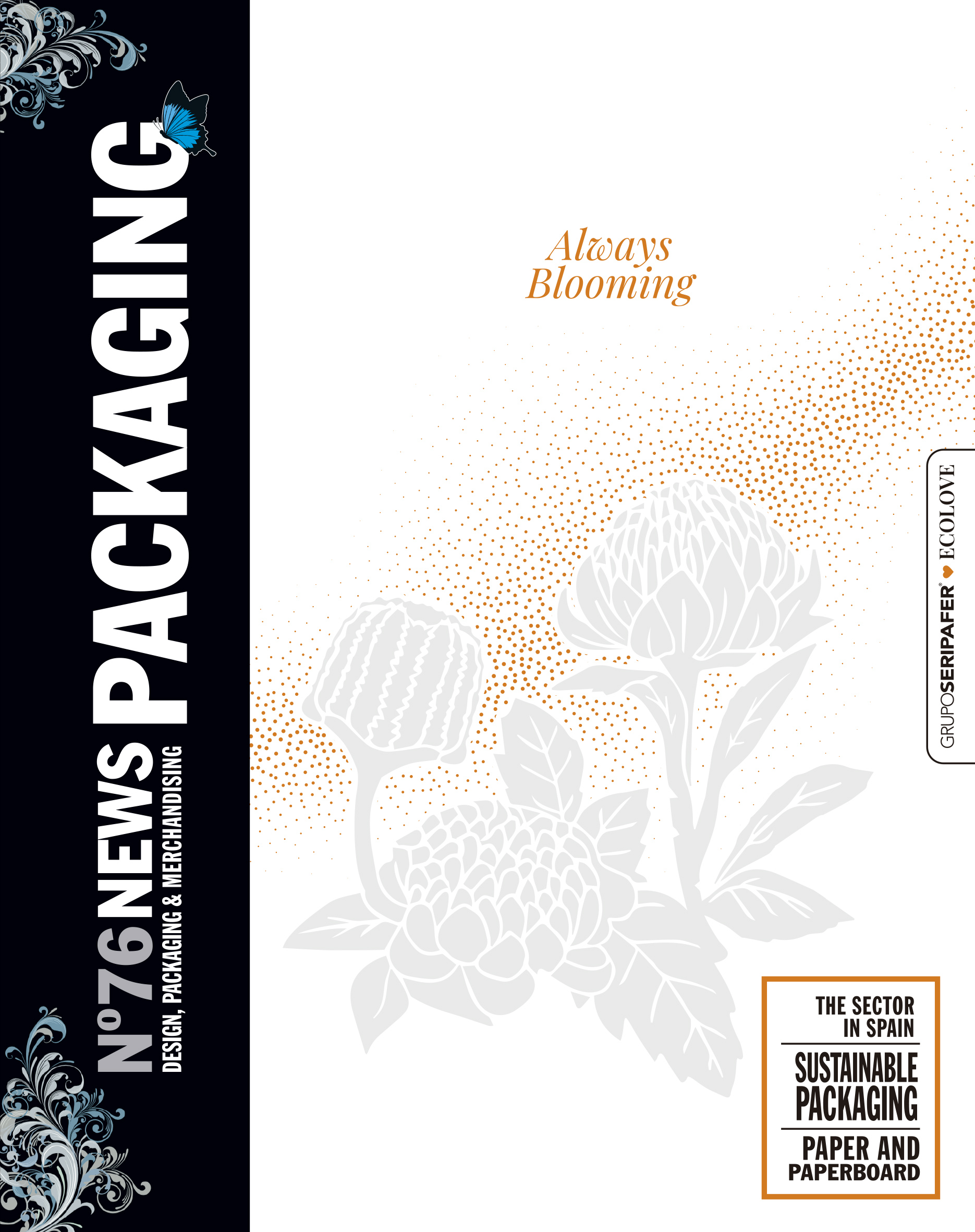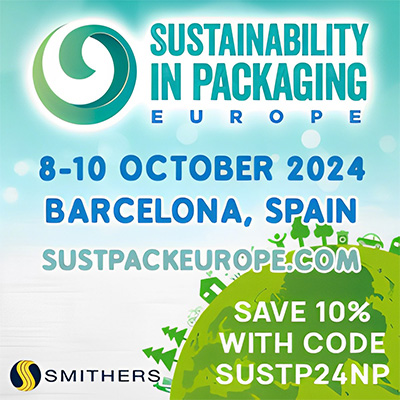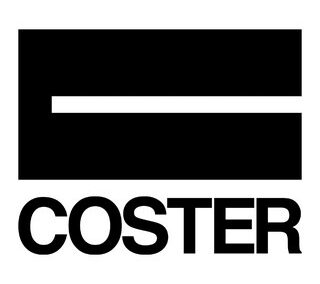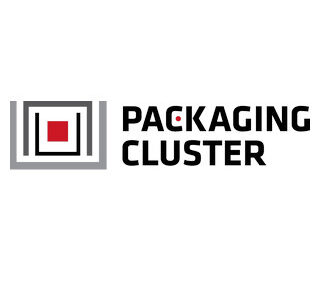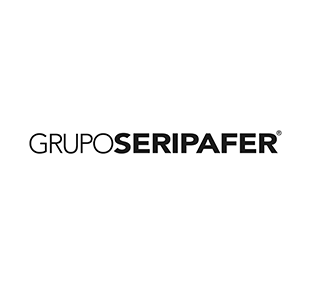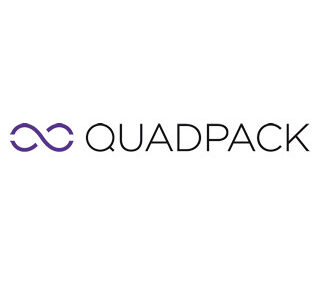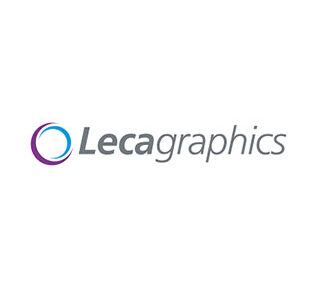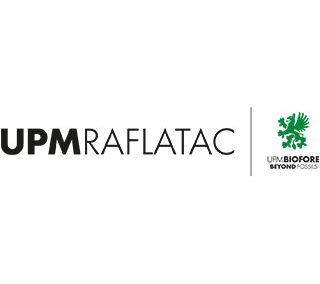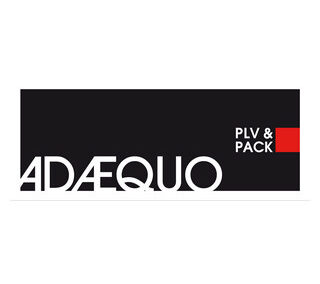Italian and Spanish scientists have developed a list of 10 principles, or decalogue, which should ideally have a nutritional label on the front of the container to create a common foundation and help consumers make informed decisions towards healthier diets. The agreement between researchers from both countries was signed during the meeting “Principles for the definition of nutritional labels on the front of the package (FOPNL) – Workshop of Italian and Spanish researchers”, held at the Sapienza University of Rome and organized by the Food Sciences Research Unit of the Department of Experimental Medicine of the Sapienza University and the National Committee for Biosafety, Biotechnology and Life Sciences (CNBBSV) of the Presidency of the Government.
An informative approach
The front-of-pack label definition principles identified by Italian and Spanish scientists are based on an information-based approach, in line with European Commission guidelines aimed at encouraging consumers to adopt a healthy diet. healthy to counteract the high incidence of chronic degenerative non-communicable diseases. This logic is not based on imposing a norm, but on understanding it. “Prescriptive FOPNL”, in fact, only requires “passively” following instructions, while “informative FOPNL” requires information, education and judgment. The advantage of this is that it encourages consumer autonomy, who can be trained to understand how to organize their diet effectively. Providing information to consumers about what constitutes a healthy diet can positively influence eating habits.
The broader dietary context
For Italian and Spanish researchers, informative FOPNLs have the advantage of placing label information in a broader dietary context of daily intake, leading to a more complete nutritional perspective of overall balance. With this in mind, FOPNL should help consumers make the best decisions by including all foods in their diet, in appropriate amounts, to avoid overconsumption.
Territorial traditions and correct combination of various foods
Given that no food on its own can represent either a risk or a benefit to health, the FOPNL should positively highlight the importance of dietary patterns that have been proven to be healthy, enhancing food traditions, habits and sociocultural aspects of communities. local areas. The goal is to promote the correct combination of various foods in order to select them based on specific individual needs.
According to Italian and Spanish scientists, the limitations of front-of-package labels
- The arbitrariness of the algorithm: “Prescriptive” systems (and in particular Nutriscore) usually evaluate the nutritional value of foods using arbitrary or poorly defined algorithms.
- Non-real reference standard: “prescriptive” systems are based on a standard quantity of food (100 g or 100 ml) that almost never corresponds to the rations that are usually consumed.
- Limitations of the algorithm: the final result (color or letter) is the (unknown) combination of several data.
- Loss of information, especially for the most vulnerable groups.
- The limitation of the parameters is considered, with a prevalence of those considered negative.
- Low educational potential: the instructions lead to avoiding the consumption of a certain food instead of acquiring “correct” eating behavior.
- Decreased effectiveness of “negative” messages over time.
- Halo effect with overestimation of the positive effect of foods labeled as “green”.
- A simplistic approach that bases reasoning on foods to eat or avoid and is unable to promote dietary patterns of proven effectiveness in preventing chronic degenerative diseases.
- Lack of scientific evidence on actual effectiveness: current evidence shows an effect on the “consumption” of certain foods, but not on their impact on the “health” of consumers.

